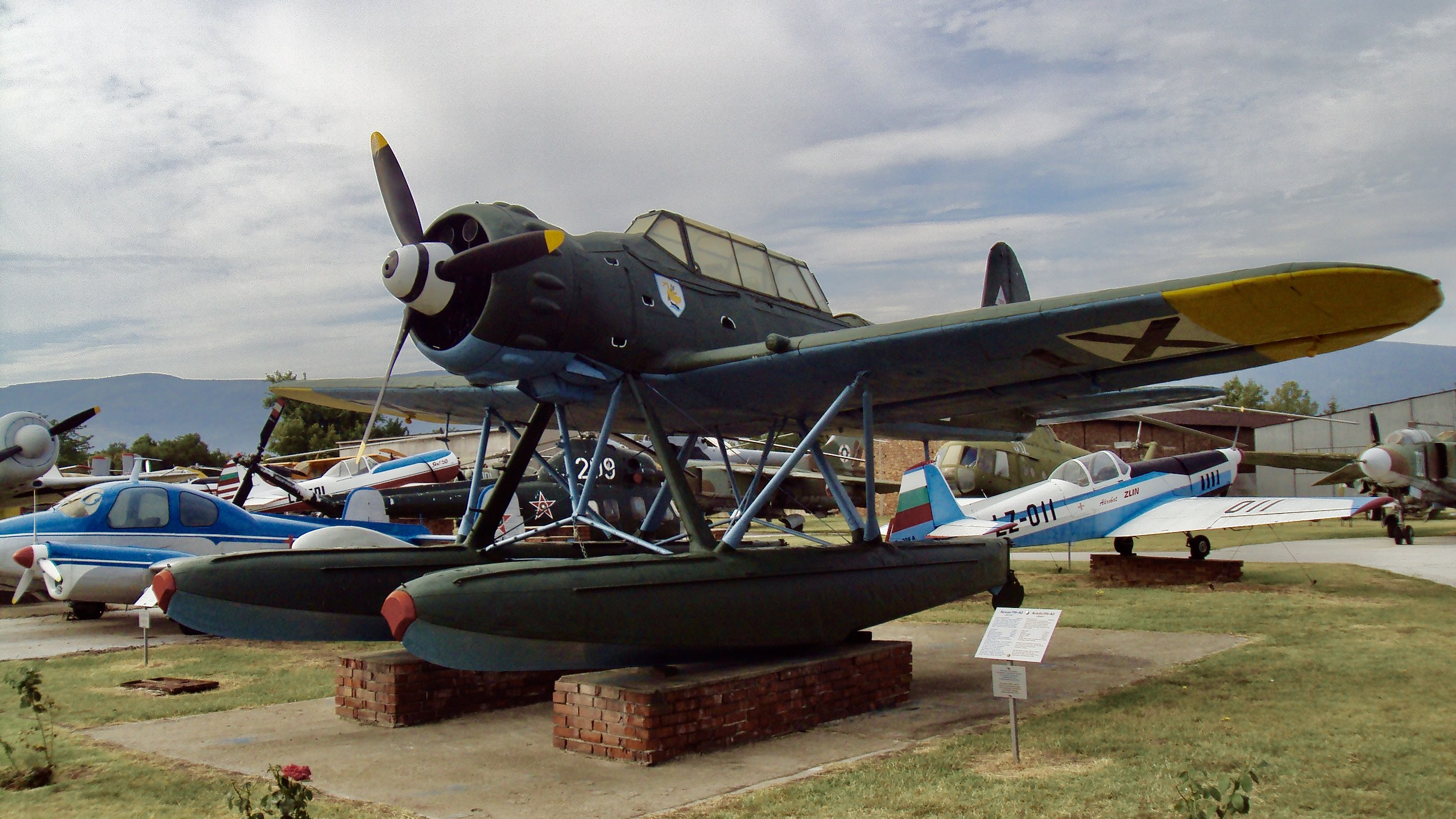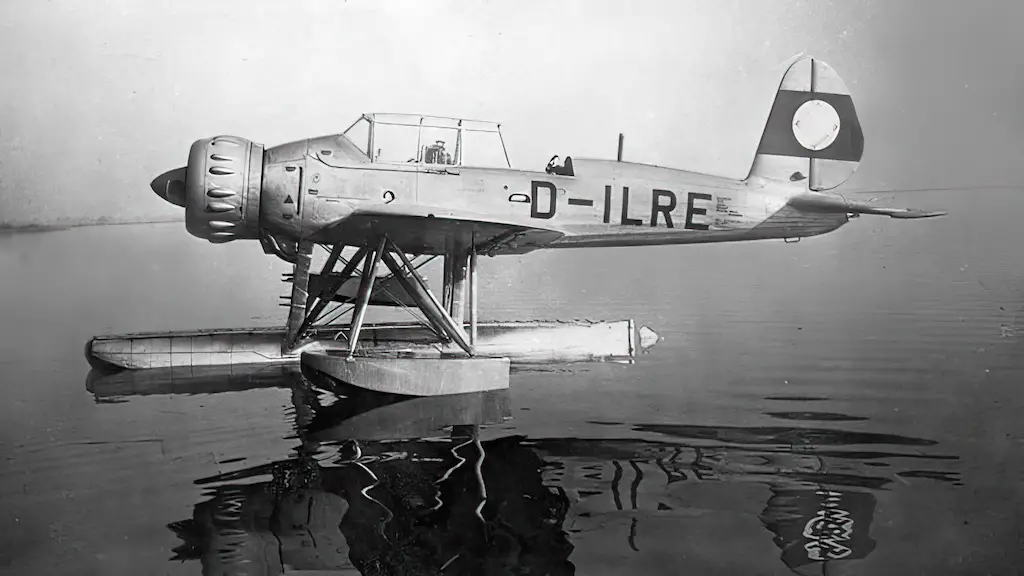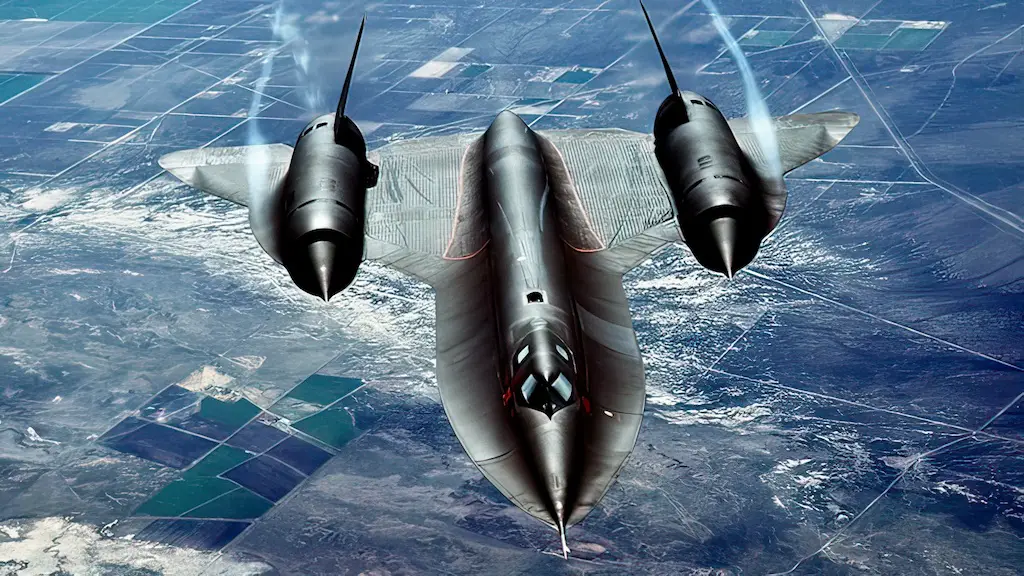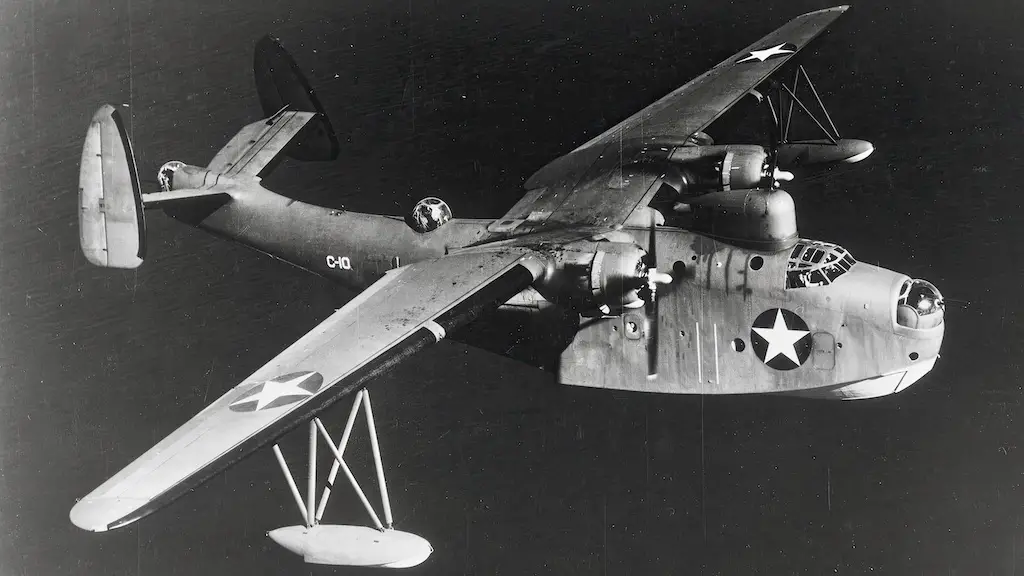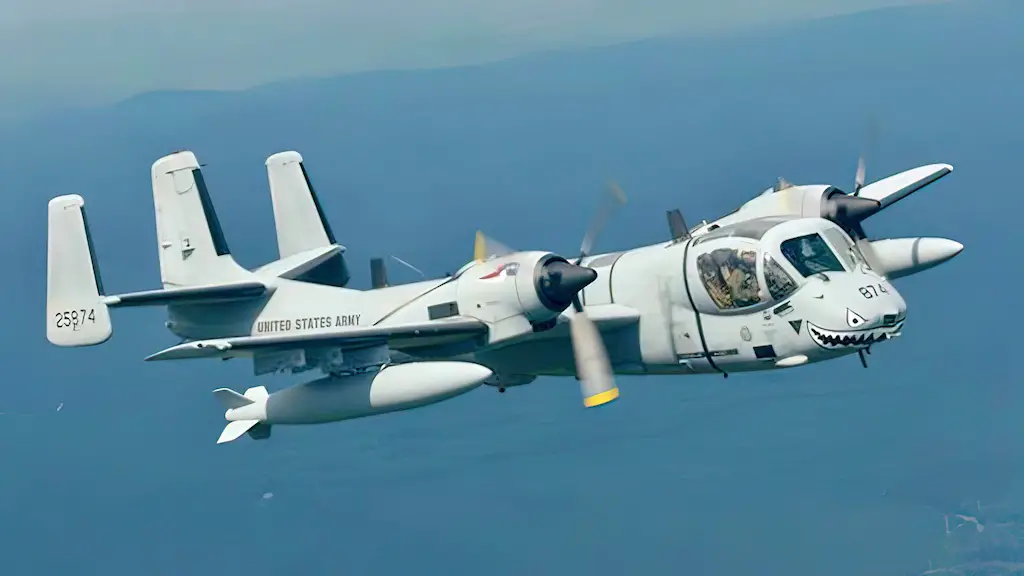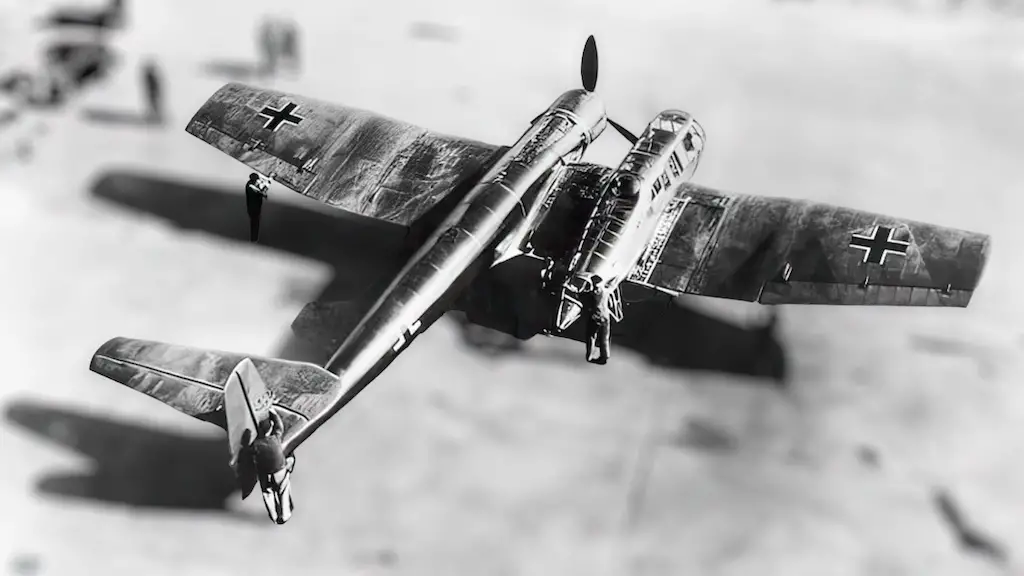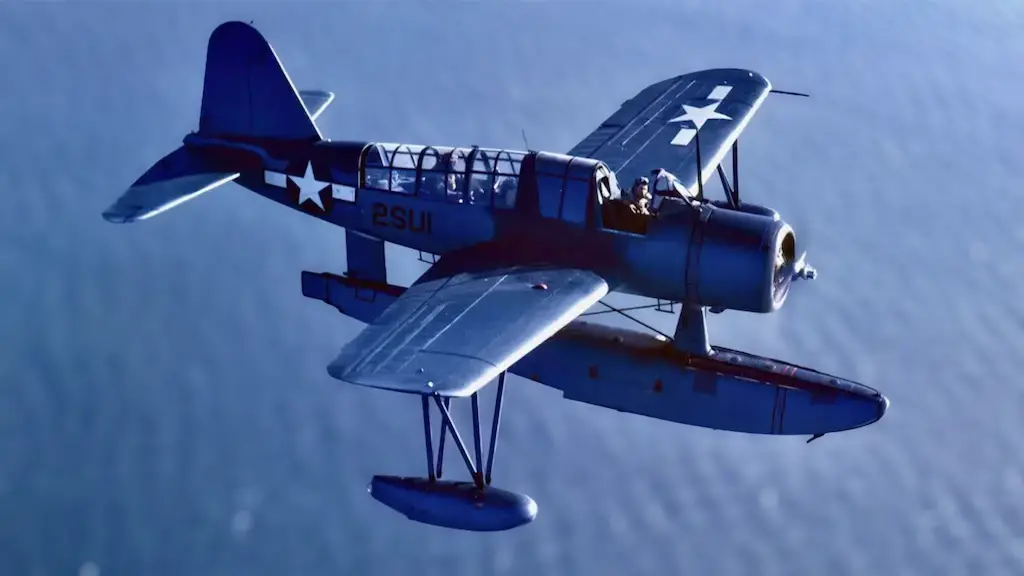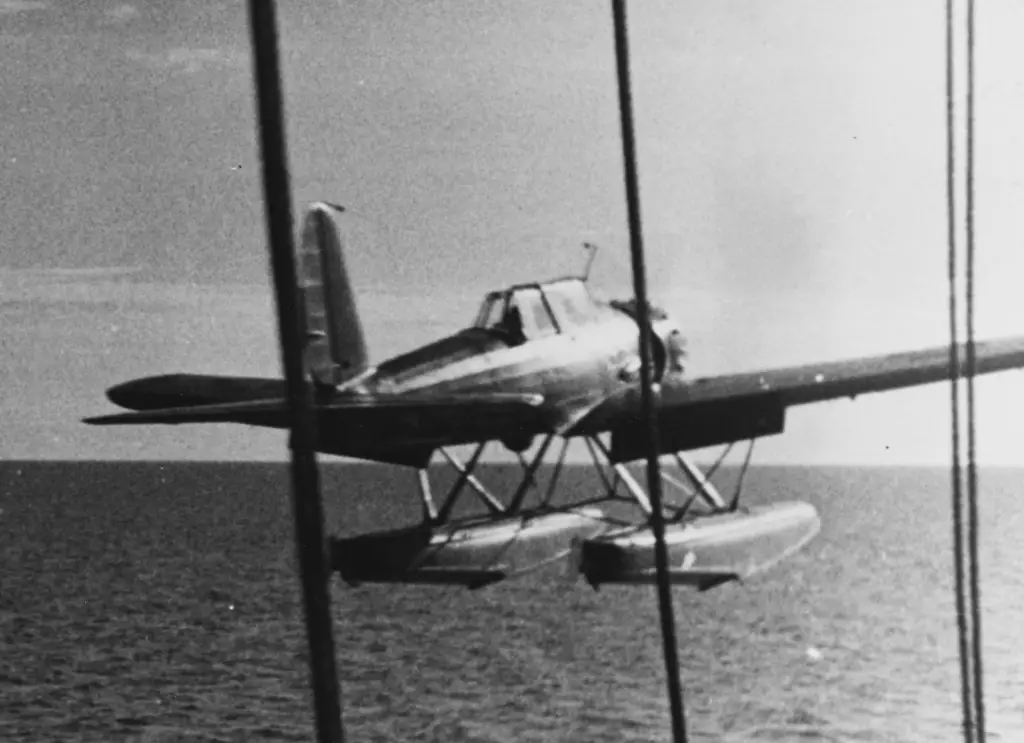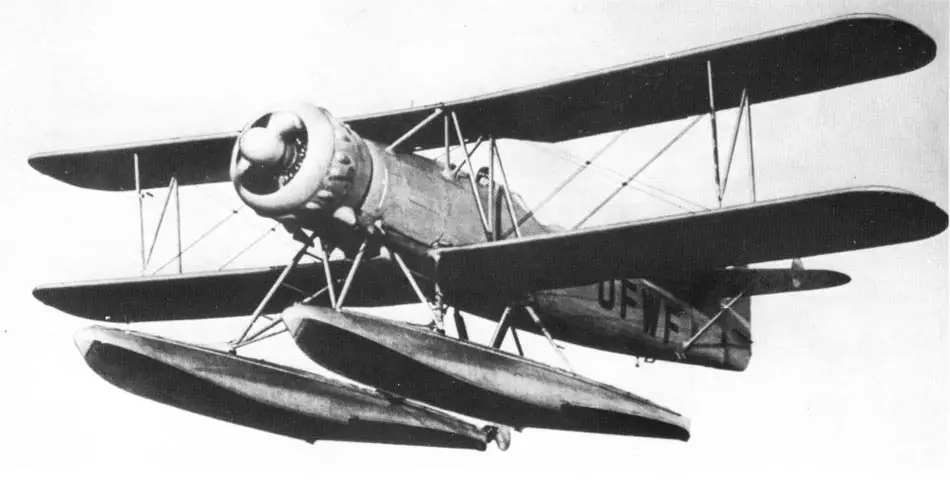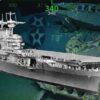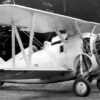Origin and Development
In the mid-1930s, the German Luftwaffe yearned for a versatile seaplane. They demanded an aircraft agile enough for reconnaissance, potent enough for combat. This led to the genesis of the Arado Ar 196, an ambitious project aimed at producing a world-class seaplane.
A well-balanced blend of power and maneuverability, the Ar 196 went through rigorous testing in 1938. Winning against competitors like the Focke-Wulf Fw 62, the Ar 196 soared into production, fast becoming the Kriegsmarine’s maritime eyes.
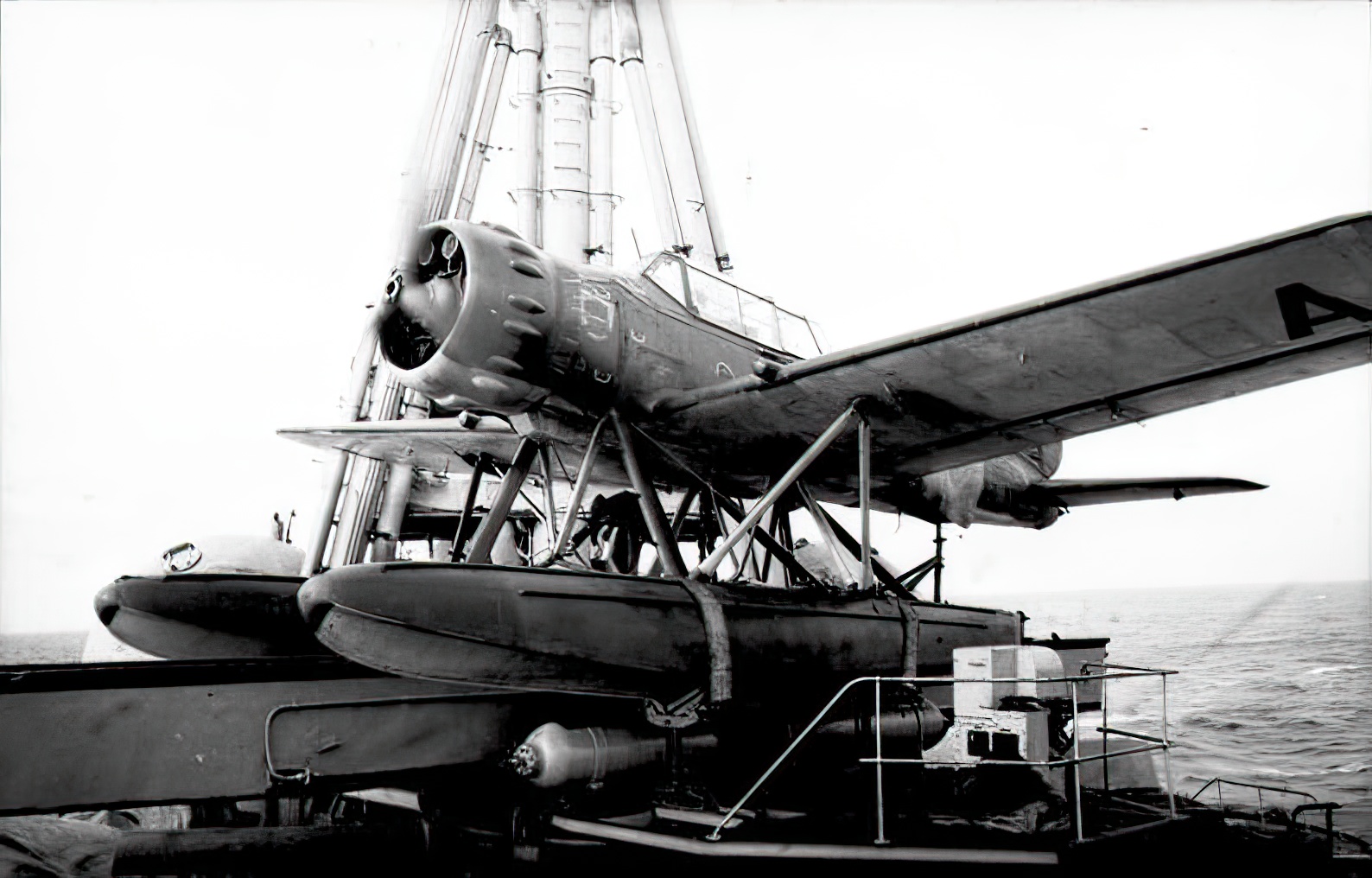
Under the Hood
The Ar 196’s heart was the BMW 132, a nine-cylinder radial engine. With the ability to churn out 960 horsepower, the engine provided the Ar 196 with a top speed of 206 mph. More importantly, it offered a range of over 670 mi. This power gave the Ar 196 a firm upper hand, with the aircraft capable of staying aloft for longer reconnaissance missions and returning safely to its ship or coastal base.
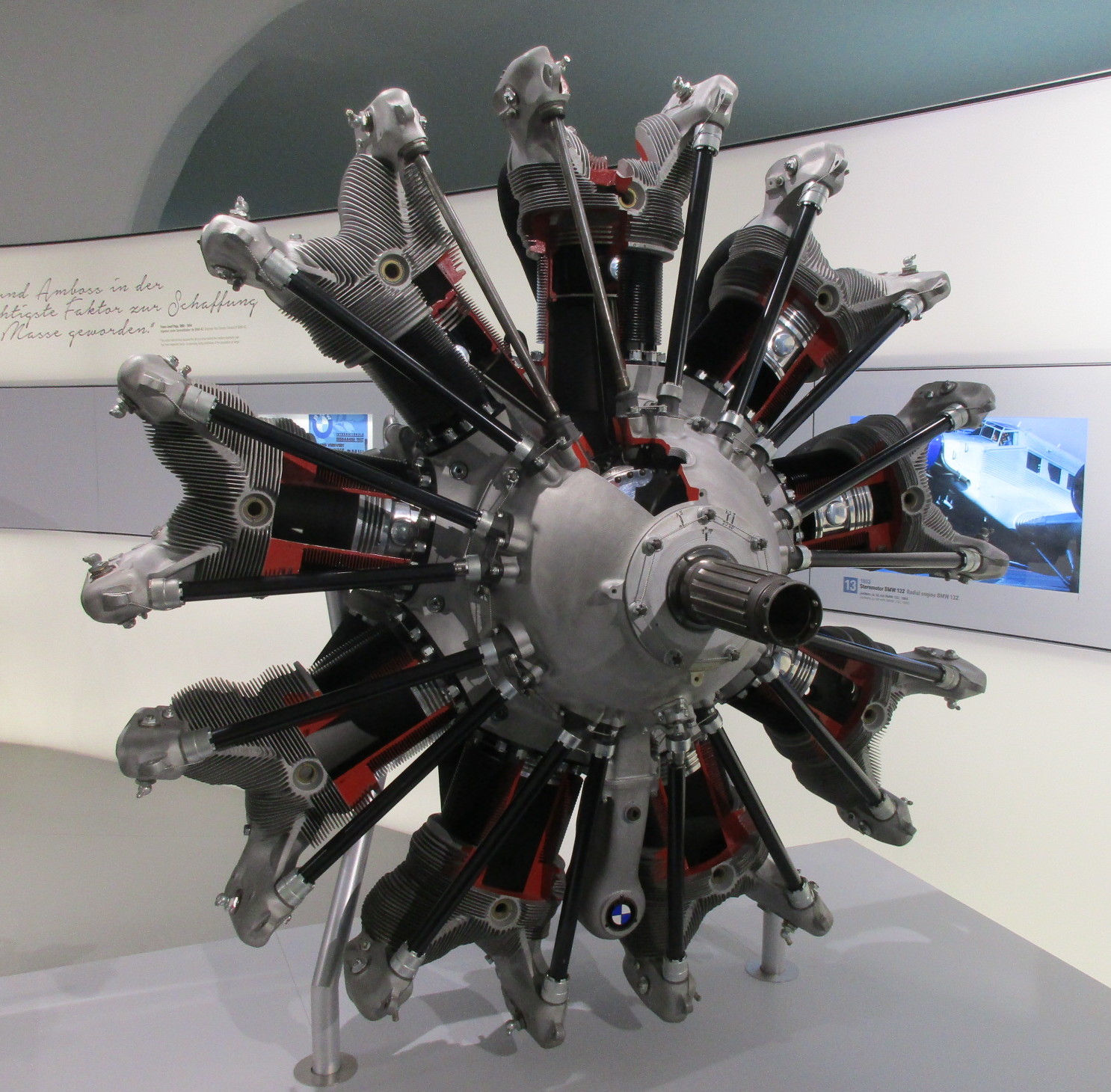
War-Time Operations
In the grim theater of World War II, the Ar 196 played a crucial role for the Axis powers. The aircraft was an integral part of German naval warfare, operating from warships and coastal bases. Its key duty was to scout enemy fleets and submarines, but it could also hold its own in aerial combat. The Ar 196 quickly gained a reputation for its agility and range, becoming a symbol of German naval airpower.
The Norwegian Story
The tides of war can be unpredictable, as was the case with the first Ar 196 captured by the Allies. On April 8, 1940, a Norwegian floatplane apprehended an Ar 196 from the German cruiser Admiral Hipper. This aircraft was soon operating under Norwegian colors, used against its former owners. Tragically, after evacuation to the UK, the seaplane met its end in a transit accident. However, at war’s end, a surviving Ar 196 served the Royal Norwegian Air Force as a liaison aircraft along the west coast.
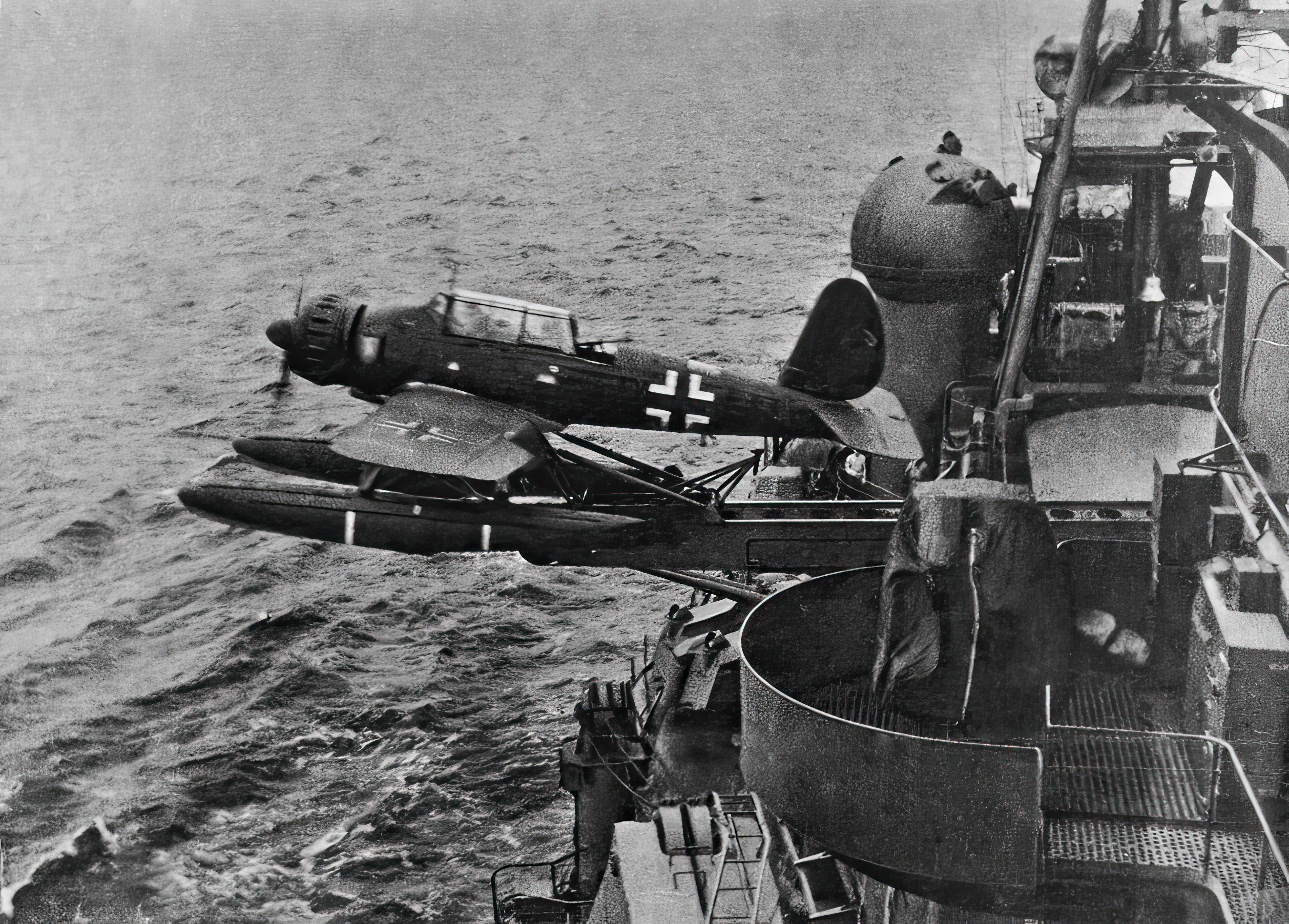
The Soviet Chapter
Post-1944, the Red Army captured numerous Ar 196s along the Baltic coast. After refurbishment and retrofitting with Soviet radios, these seaplanes found new life within the Soviet Border Guard. Spread across the Baltic, Black Sea, and Pacific regions, these aircraft served until 1955. Some were even re-engined with the Soviet M-621 R radial engine and fitted with a VISh-21 propeller.
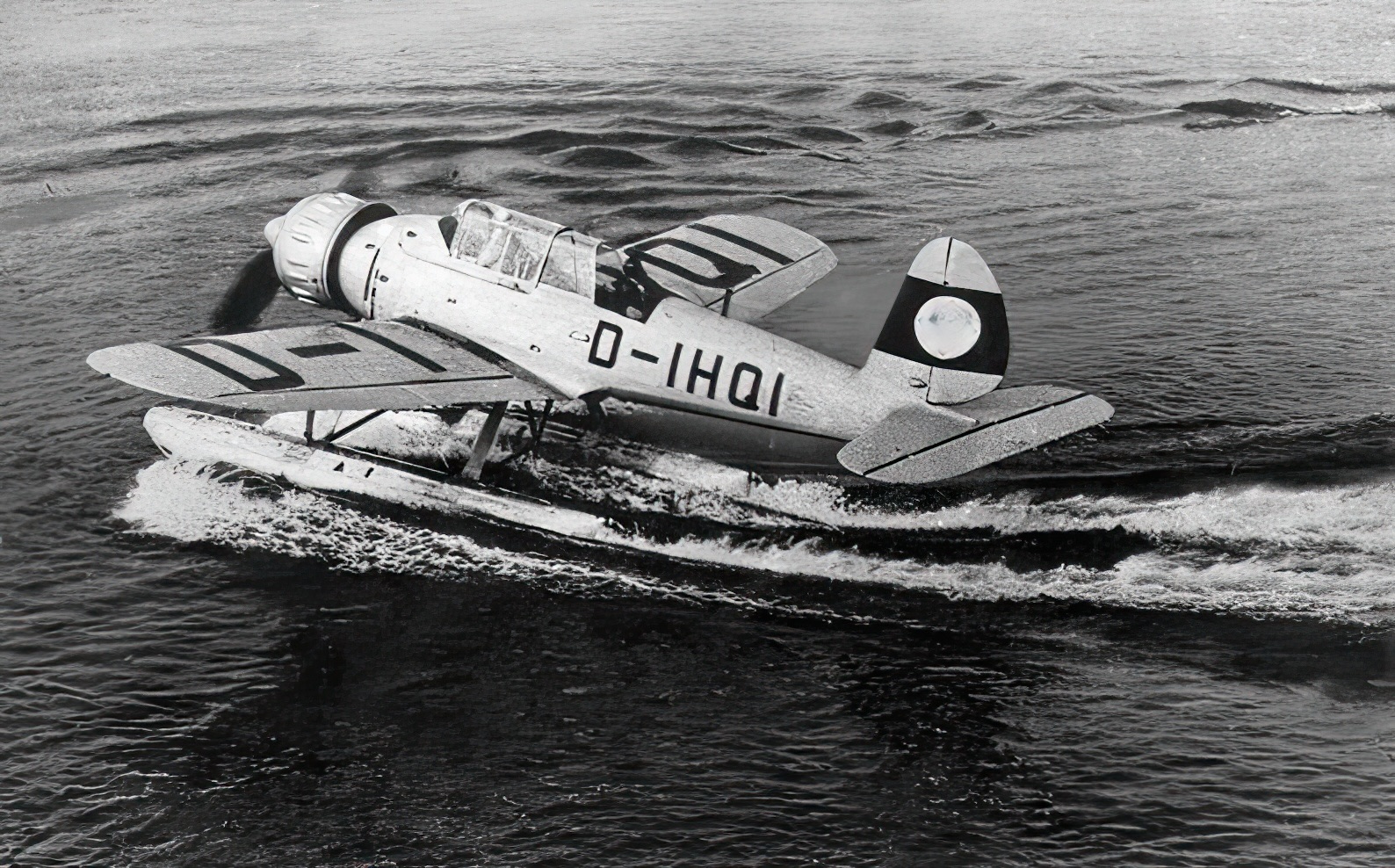
Enemy Wings Serving Allied Skies
The tale of the Arado Ar 196 is one steeped in irony. Born from the crucible of conflict, engineered as a weapon for the Axis powers, this German seaplane ended up serving the very forces it was designed to combat. From the frigid waters of Norway to the vast expanse of the Soviet Union, the Ar 196 was not merely a captured prize of war; it transformed into an invaluable tool in the hands of the Allies.
The Ar 196 is a striking reminder of how, in times of turmoil, even the tools of enmity can serve the ends of unity. Its journey from the shipyards of the Kriegsmarine to the airfields of the Royal Norwegian Air Force and the Soviet Border Guard is a powerful testament to the adaptability of technology in the face of changing times.
